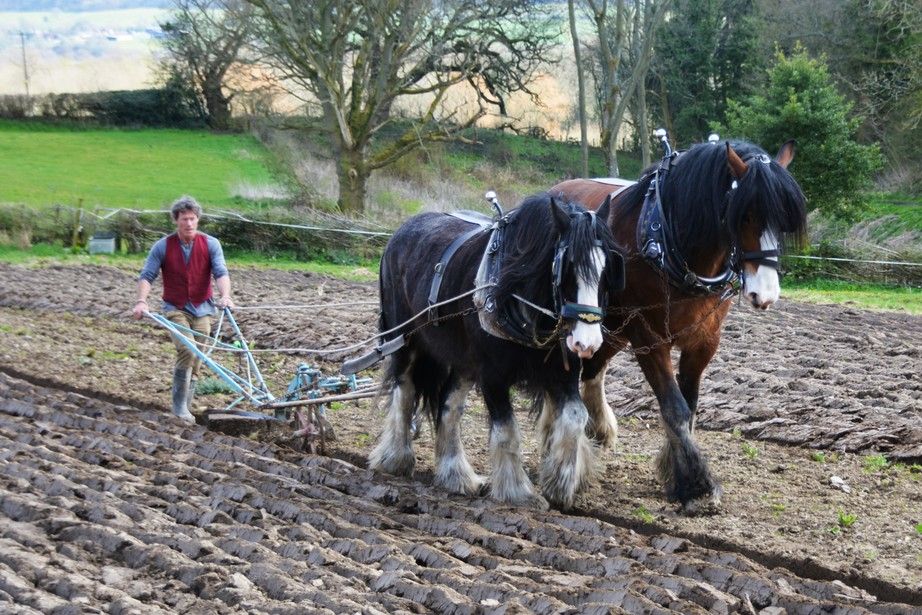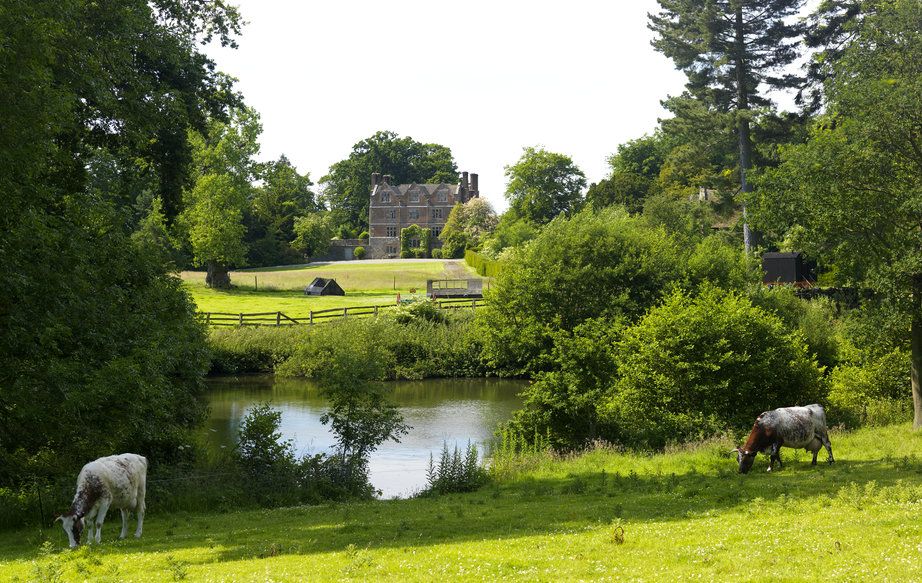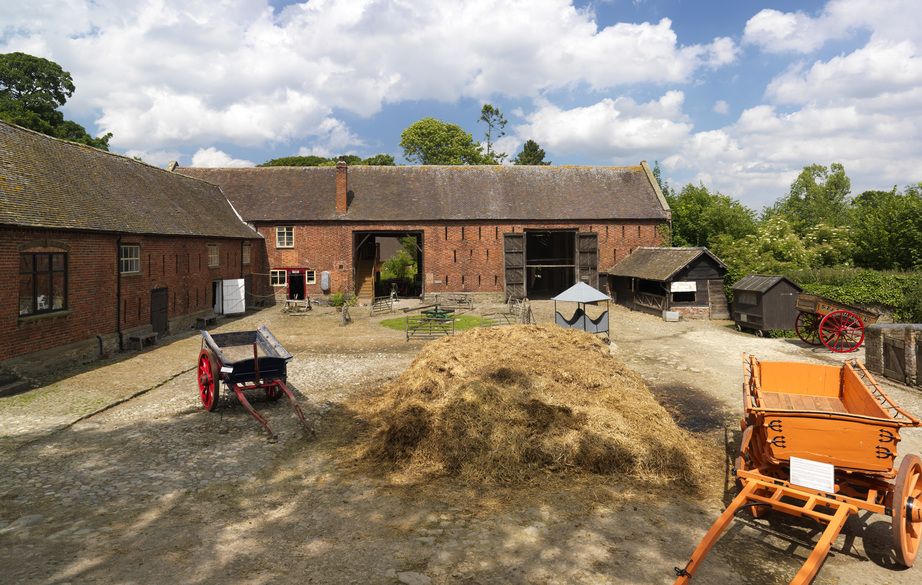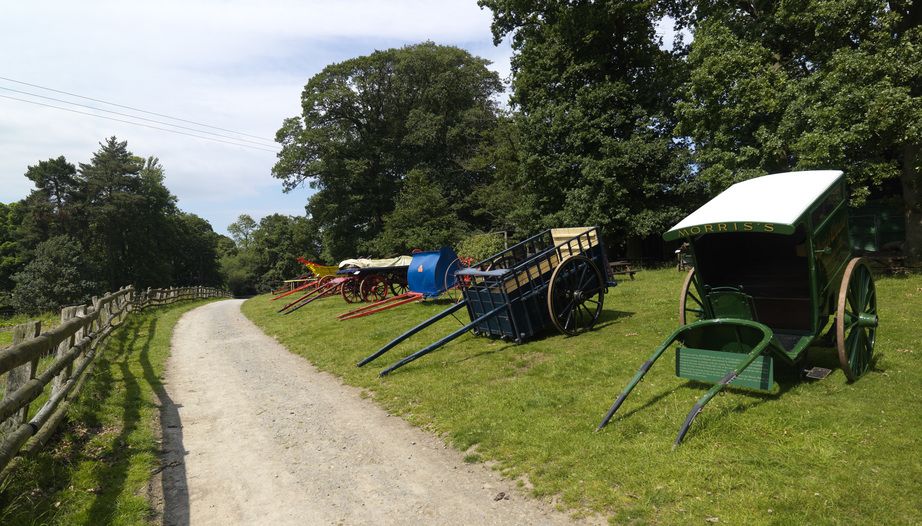A yard act to follow
The Shrewsbury Overhead Team is winning its spurs as members tackle the upgrading of a difficult to access overhead line by using an interconnector. Louise Birkett reports.
 Film crews trying to create mid-19th century accuracy struggled with a background of electricity poles – the pole on the left of the picture has now been removed.
Film crews trying to create mid-19th century accuracy struggled with a background of electricity poles – the pole on the left of the picture has now been removed.
There are a few issues with the Marshbrook Spur in the Shropshire Hills Area of Outstanding Natural Beauty (AONB): it’s 10km long, parts of it are difficult to access due to land conditions, including steep sided banks and woodland, and age and condition means it needs upgrading.
In fact, some of the most urgent upgrading works are at the start of the spur meaning that all 104 customers, which are both domestic and industrial and commercial, would need turning off – and the work required would take more than a day.
Planner Andy Pashley said: “We have options to generate along the line but there are still issues to overcome and short outages would be incurred which have prevented works from being carried out in the past.
“We have decided to build an interconnector that will tag on 7km down the spur to relieve some of the customers onto another primary and improve quality of supply. The existing spur will be split up using overhead sectionalizers that can operate remotely to backfeed the affected area while keeping as many customers on as possible in the event of a fault.
 The Elizabethan mansion at Acton Scott
The Elizabethan mansion at Acton Scott
“Not only will this help in fault conditions – it will allow us to feed back up the spur to temporary open points rather than generating so we can start to rebuild and maintain the existing line with minimal customers off supply.”
The works themselves involve laying 2.2km of underground cable in agricultural land and a dismantled railway line to link the two networks together. Much of the undergrounding has already been carried out and all of the cable is due be in and terminated, although not live, by the end of December.
Next year sees the reconductoring of 3.9km of HV overhead line back towards Easthope to ensure the primary can be used to split the network and if a fault occurs. This will be done at the same time as the sectionalizers are installed – as early as possible in 2020. Only then can work on the spur itself begin.
 The 18th century farm yard
The 18th century farm yard
Additional work on the Marshbrook Spur has been carried out as part of an AONB scheme, which saw an improvement to the views around a historic working farm thanks to the removal of overhead lines.
We have removed 22 poles and high voltage and low voltage lines around the Acton Scott estate, replacing them with 1.2km of underground cable. Two pole-mounted substations have been removed and replaced with a ground-mounted substation. A further three poles are set to be removed this month.
The working farm preserves 19th century farming practices and attracts thousands of visitors – and film crews – each year, gaining national television fame as the setting of BBC2’s ‘Victorian Farm’ series.
Our undergrounding work means people watching or filming 19th century activities will no longer have their view disturbed by the sight of 20th century electricity supplies.
 The lines running above this assortment of horse-drawn vehicles have gone
The lines running above this assortment of horse-drawn vehicles have gone
The £170,000 project took three months and was not without its challenges. As well as the farm – the working practices are 19th century but the farm is 18th century – and a Grade II* listed Elizabethan mansion, the site also includes a scheduled ancient monument: a Roman villa set within an Iron Age enclosure that had to be worked around.
In addition, the route crossed roads whose closure would have caused significant disruption to residents. We brought in specialist contractors to carry out directional drilling under the roads, which avoided any closures.
WPD Technician Kevin Hare said: “All in all, the work went pretty well. The owners of the farm had asked if the equipment could be removed from their land and we were happy to do the work because it is in an AONB.”
- Operational
